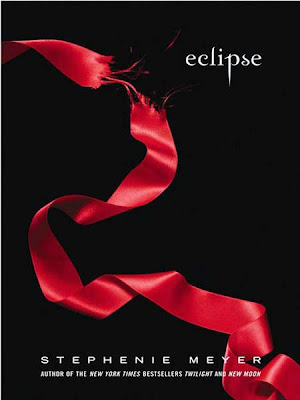

On the left, the April 18, 1869 cover of
L'Eclipse by
André Gill depicting Richard Wagner and his supposedly ear-splitting music. On the right, a look evoking the Golden Fleece from the
Marc Jacobs Fall 2010 RTW collection.
The Jacobs collection was highly praised, but to me many of the items seemed too
ill-draped or
oddly proportioned—or
glittery and transparent. The colors, however, were marvelous taken together—mouse grays and browns, pale neutrals, blacks, creams, and this butter yellow—and separately. Jacobs's attention to accessories, and to natural texture, is doubly lovely to behold. Consider
these shoes/socks and
this collar—or the subtle, rose glasses on this model that complement the round, rose-colored ear Wagner is pounding with his music on the cover of
L'Eclipse.
If you click through the links to
L'Eclipse and André Gill, you'll discover that
La Lune, the weekly four-sheet where Gill ran his famous "The Man of the Day" caricature, was censored in December 1867 because Napoleon III, nephew to Napoleon I, so disliked
this picture Gill had etched of him. An authority said to
La Lune's editor that the paper would have to "undergo an eclipse." And so a new paper was born under the fitting name
L'Eclipse, to which Gill contributed frequently.
Gill got into further trouble with his illustrations. Once he drew a pumpkin head people assumed to be a judge's. (This got him into court.) And another time, frustrated with the government's further attempts to quiet his pen, he drew
this image titled
L'Enterrement de la Caricature—"The Funeral of Caricature." On July 29, 1881, France did change its censorship laws to allow for more freedoms, but this didn't affect Gill, who, by that time, had been sent to a psychiatric hospital. Thankfully, he left a terrific paper trail for us to remember him by.
See more prints "par Gill" here.

















